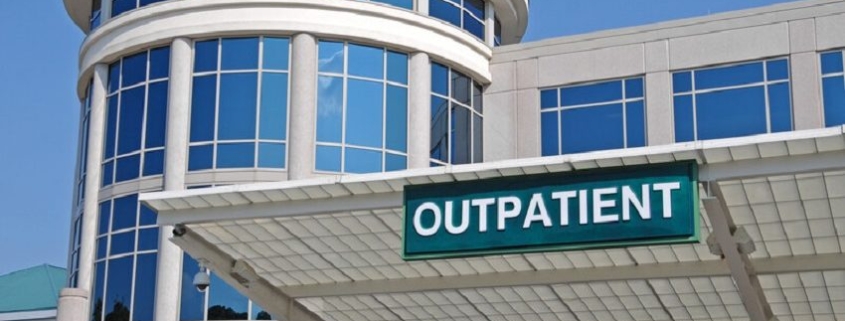Medical Office Building Investors Will Be Chasing Deals In 2020
As we prepare to swing into the new year, the outlook for the medical office sector is good…largely.
Underpinning the market, as it always has, is the continual aging of the population and the increased medical services that come along with it.
But, despite this sure-bet demand, the sector is not without its challenges, as Al Pontius, SVP and national director of Marcus & Millichap’s Office and Industrial divisions, makes clear. Those concerns arise as a result of the massive industry trend toward consolidation and the move on the part of many formerly independent care providers to saddle up with national care brands.
The firm’s second-half Medical Office Buildings Report defines the growth of the merger movement:
“Hospital and health-system merger activity continues to transform the medical office sector, driving a reduction in physician-owned practices in recent years. In 2012, nearly half of locations were physician-owned practices, but in 2018, just 31 percent were owned by doctors.”
And therein lie the concerns for the existing stock of medical office buildings (MOB).
“There’s a lot of older-vintage product that’s not located where the health systems want to be,” says Pontius. “Some assets may not accommodate the desired configuration of services that the major health systems see as appropriate, modern enough or technologically supportive enough. Consequently, there are a number of buildings that will under-perform relative to newer properties in the sector as well as other asset classes.”
But while there might be assets that sit on the sidelines as healthcare needs grow, few investors, be they institutional or private, are doing the same.
“The consolidation has supported investor sentiment as major providers create efficiencies and broaden service coverage,” says the report. “A sizable pipeline of new space and major expansions by high-credit tenants will sustain elevated investment activity through the end of this year.”
Source: GlobeSt.





